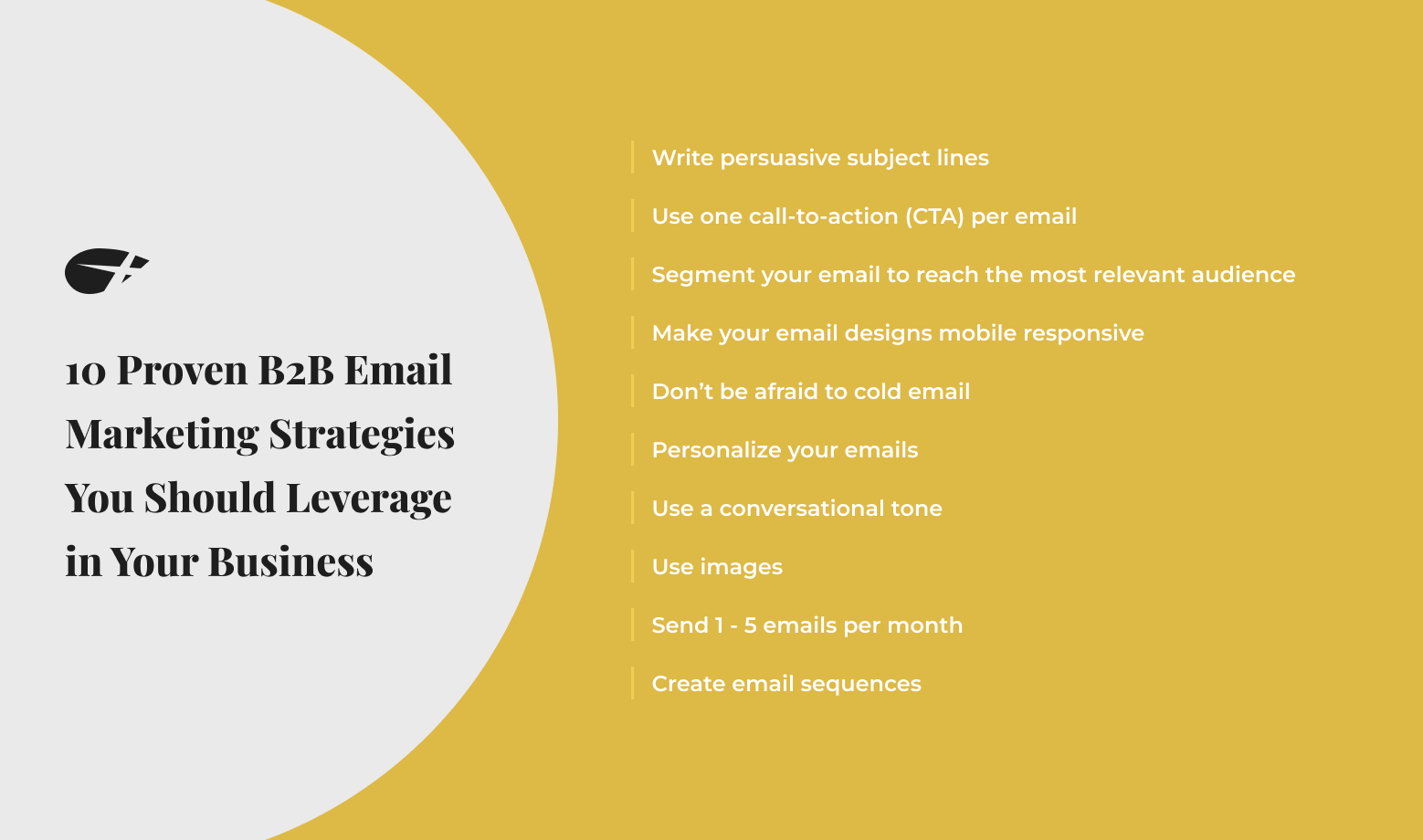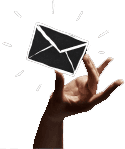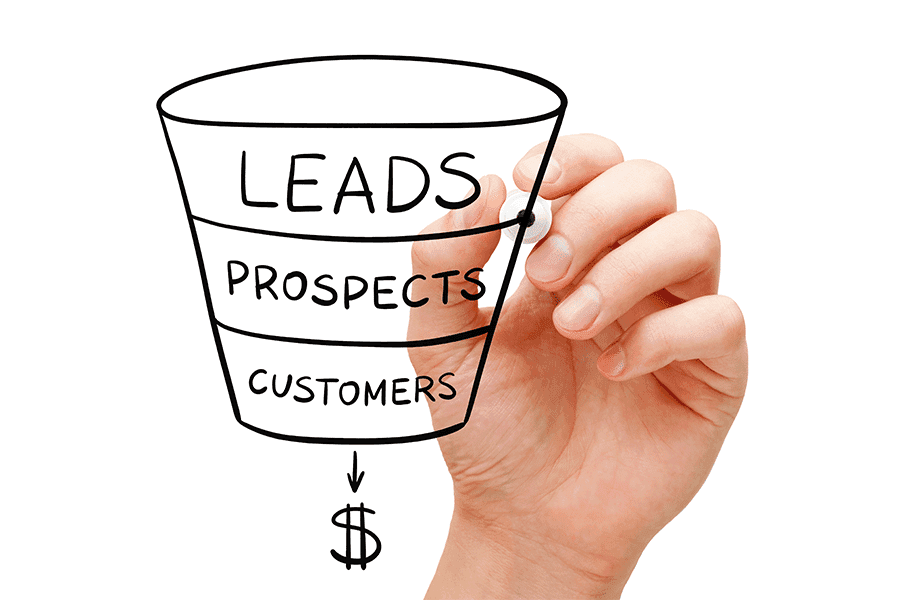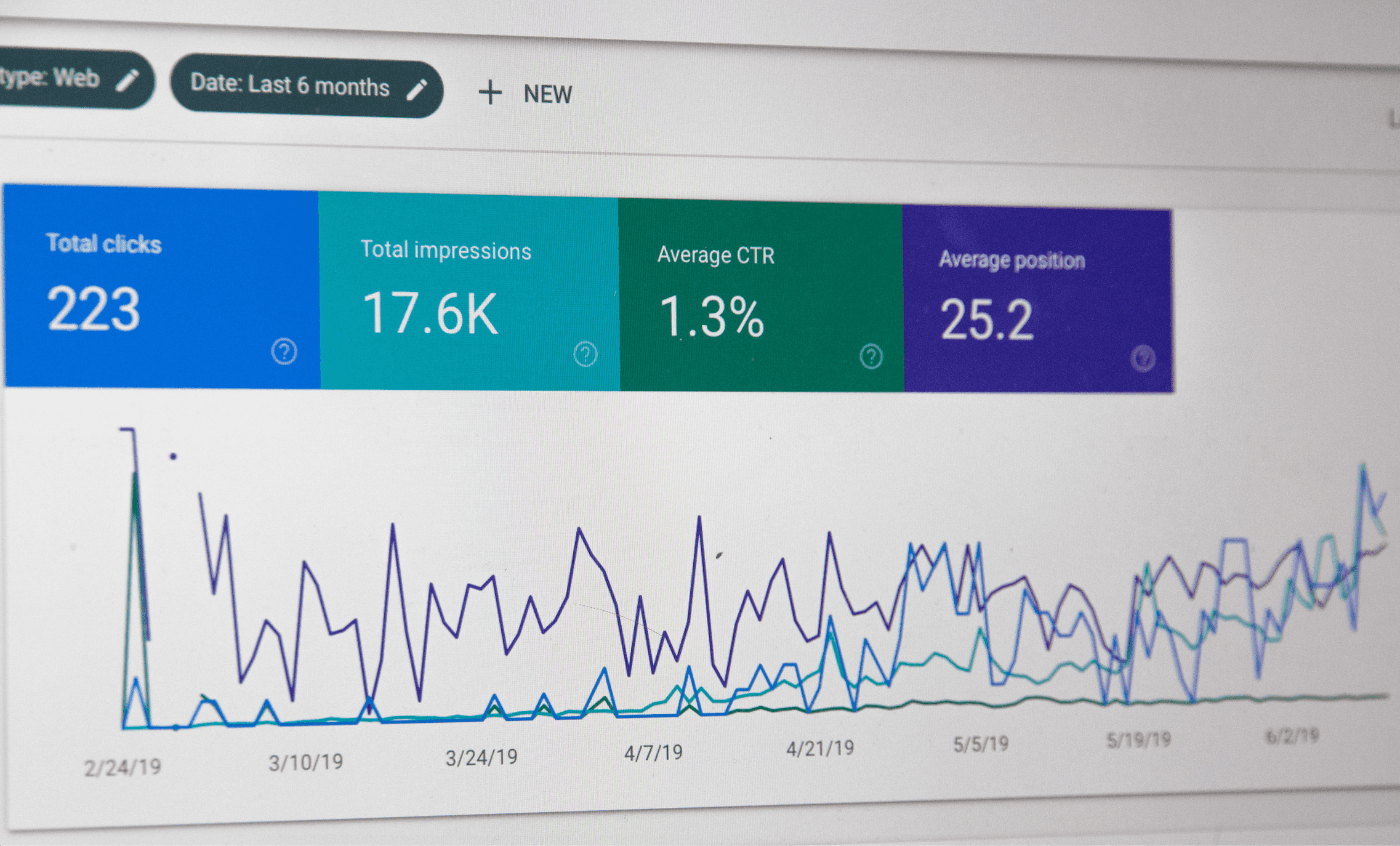11 B2B Email Marketing Best Practices for 2024 You Should Know About

“Email marketing is dead.”
“Everyone is using social media instead of e-mail now.”
In reality, there couldn’t be two more wrong observations.
Here’s why: Email marketing is predicted to grow to 4.48 billion users in 2024 and currently has a Return on Investment (ROI) of $44 for every dollar spent. This makes it the most effective content marketing channel.
In this article, we will show you how you can take your email campaigns to the next level and increase your ROI with proven strategies. Let’s dive in.
Coming up:
What’s the Difference Between B2B and B2C Email Marketing?
B2B Email Marketing Best Practices
What is B2B Marketing?

B2B (business to business) marketing refers to the techniques businesses use to market their products and services to other businesses. The goal of B2B marketing is to gain the attention of other businesses, communicate the value of a product or service, and convert them into customers.
All businesses that sell to other businesses are involved in B2B marketing. For example, since we sell digital marketing services to other businesses, we can be classified as B2B.
What is B2B Email Marketing?

This is the use of email to promote your product or service to a mass audience. Email marketing is normally used to nurture leads, generate sales, share promotions, and expand content marketing impact. According to Hubspot, 93% of B2B marketers use email as part of their marketing strategy.
What’s the Difference Between B2B and B2C Email Marketing?

At the core, both B2B (business to business) and B2C (business to consumer) email marketing are the same because they share a similar objective: selling. However, the methodology is different based on the specifics of each model.
• B2B targets businesses while B2C targets individual customers – B2C email marketing is geared toward helping the consumer solve a problem with a product or service. On the other hand, B2B email marketing is geared towards helping businesses solve a problem or helping employees succeed in their jobs.
• In B2C marketing, only one person usually buys a product or service. However, in B2B marketing, more than one person is involved in the buying process. For example, when acquiring a product or service for the company, key decision-makers from other departments have to be involved. This is different from B2C where the buyer makes the purchase decision on their own without any third-party influence. As a result, B2B emails must address the needs, interests, concerns, and challenges of the different stakeholders involved in the purchase decision.
• B2B and B2C have different purchase motivations – B2C customers are driven by emotion, while B2B customers are driven by logic and financial incentive. This means B2B emails should focus on things that are important to the business, like money, time, and resources.
B2B Email Marketing Best Practices

1. Write persuasive subject lines – Subject lines are like a 15-second movie trailer that helps you decide whether to watch a movie. In email marketing, you only have 8 seconds to make an impression that causes your audience to click “open.” Make sure every word counts and use intentional language that captures your audience’s attention.
The subject line is the highest ROI-yielding part of any email. Therefore, we recommend spending at least 50% of your writing time on the subject line. If you can, create two subject lines and do an A/B test, then run the one that performs best.
2. Use one call-to-action (CTA) – When creating your CTAs, don’t overwhelm your audience with so many choices. Having multiple different CTAs can introduce decision paralysis and leave your readers lost for choice.
Having one CTA allows your audience to focus on a single action and follow through. So, when choosing which CTA to add to an email, choose the one with the highest value and the one that aligns with your marketing objectives. If you want to make a sale, add an action that leads to the sale. If you want your audience to sign up for an event, create a signup action, etc.
Having one objective-driven email CTA beats having multiple high-value CTAs, hands down!
3. Segment your audience – Segmenting your email campaigns is extremely important because all your readers are in different buying stages and are not seeking the same solution.
Segmenting your audience allows you to send highly personalized emails that meet your audience’s needs based on their stage in the buyer journey. It indirectly signals your audience, saying, “I understand what you want to see, and here it is.” This makes your communication more valuable and leads to more appreciation from your audience.
You can also segment your audience based on buyer personas factoring parameters such as title/seniority level, industry, revenue, organization size, location, and brand interest.

4. Make your email designs mobile responsive – According to research, over 80% of email users use mobile phones to access their emails. It is, therefore, essential to ensure that all your email designs are mobile-responsive to avoid losing clicks.
Before sending out your email campaign, always send a test campaign to your colleagues and have them view the email on different devices. This way, you can ensure responsiveness and readability.
5. Embrace cold email – Cold email is a murky area for many marketers because it is uncomfortable. However, well-written cold emails can help you close new deals. The key is doing proper research before sending emails to a prospect.
In the email, lead with value and demonstrate how your prospect stands to benefit. Additionally, don’t focus on your business too much. Instead, focus on the needs of the prospect and how your solution can help them.
6. Personalize your emails – Personalization has become prevalent in marketing circles for one reason: it works. According to a survey done by 99 Firms, 80% of B2B marketers believe that personalization is a critical differentiator in B2B purchases.
B2B email personalization increases open rates by 41%, click-through rates by an average of 14%, and conversion rates by 10%. One great way to personalize your emails is to address your audience by name, as shown below. It makes the reader feel valued and increases connection.

Rather than sending generic emails, you can also personalize emails by having a notable person within the company send/sign the emails. For example, you can use the CEO/client relations manager email signature instead of the company signature.
7. Use a conversational tone – One of the biggest mistakes B2B email marketers make is sending bland, boring, and lackluster email campaigns. And we get it; the B2B industry is heavy on professionalism. However, you have to remember that at the other end is a human. So, even if it’s called B2B marketing, it’s H2H (human to human) first.
Being perceived as professional is important, but having boring emails is unforgivable.
One great tip you can use to make your emails more human is using a conversational tone. People respond to authenticity and make decisions based on emotion, so “writing like you talk ” and being more personable might be the key to closing more deals.
8. Use images – Visuals are critical in an email. They are more memorable and can be used to communicate ideas more effectively. When asked about using images, 32% of marketers agree that they are the most important form of content. So how many images should you include in your email campaigns?
In a study conducted by Constant Contact, which analyzed more than 2.1 million emails, they found that brands with the highest CTRs (click-through rates) used an average of 1 – 3 images.
Ensure you hit the sweet spot in terms of text and image ratio so that you don’t overwhelm your audience with visual stimuli and lose clicks.
9. Consider Frequency – Frequency is another important practice to consider in B2B email marketing. The number of emails you send out per month can make or break your success.
Too few emails and your audience will lose touch with you. Too many emails and your readers will be vexed. It’s all about learning to strike a balance between these two extremes.
According to an in-depth study conducted by CoShedule, most B2B brands send “at least one email per month, and no more than five.” They also revealed that 37% of email marketers send 2-3 emails every month.
10. Create email sequences – Last but not least, consider sequencing your emails. B2B emails are generally short and precise. This makes it impossible to provide your audience with all the necessary information in one email. Enter email sequencing.
By creating sequences, you can consistently provide comprehensive information to your audience in a planned and effective way. Email sequences can also help you nudge the audience along the customer journey.
Conclusion

Email marketing is more alive than ever. Amidst the uncertainty of unprecedented social media shake-ups, email marketing provides businesses with an assured way to continue reaching audiences in an ROI-effective manner.
To take your emailing efforts to the next level, start by breaking down these strategies into simple, achievable steps that you can consistently incorporate into your strategy over time.
If you need help revamping your email efforts, reach out to us today, and we will be happy to help. We hope this helps your business achieve powerful results.









